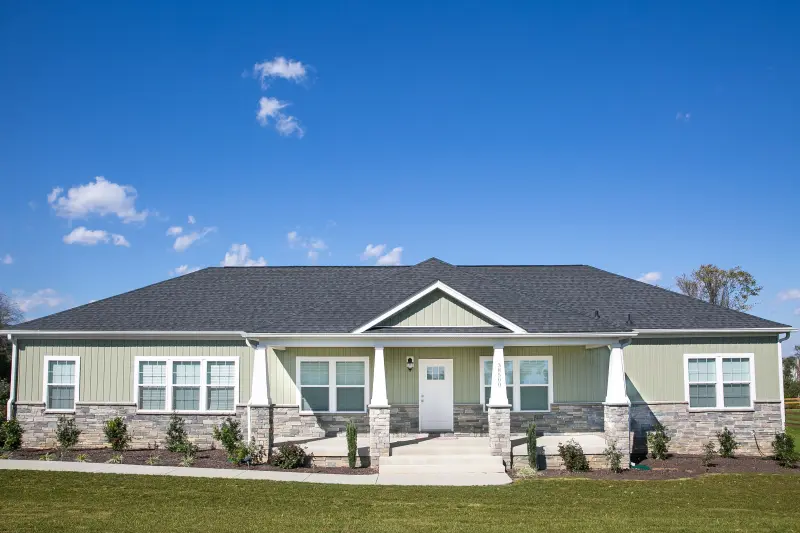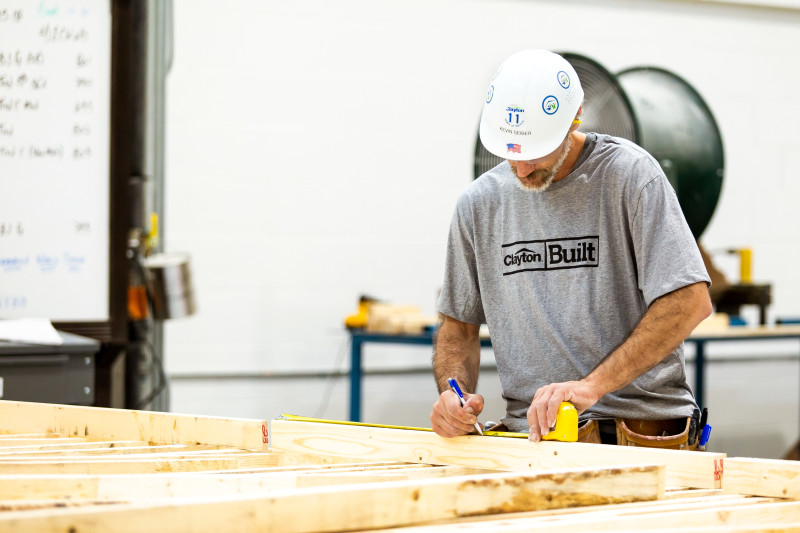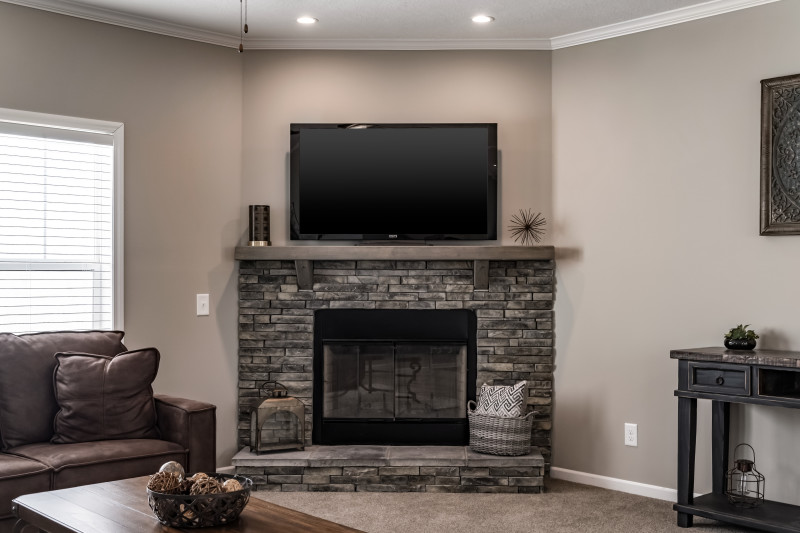How are Modular Home Codes Different from Manufactured?

Did you know modular homes have different building requirements than manufactured homes? Let’s talk about what codes and requirements our modular homes follow.
Manufactured and modular homes are built differently, but what does that really mean? The method of building itself is not what makes manufactured and modular homes different. Both are built off-site in a home building facility. What makes them different are the building codes to which modular homes are built versus the building codes to which manufactured homes are built.
Is there a modular home building code standard?
No, there’s not a modular home building code in the sense of a national standard like the HUD Code, which defines the building requirements for all manufactured homes. Instead, modular homes are built to comply with all applicable state and local building codes required by the location where the home will be placed.
The builder ensures your modular home complies with your area’s applicable codes by submitting modular home construction plans to state and local regulators or their designated third-party reviewers prior to building the home.

What are modular home building standards?
For site built and modular homes, home building standards vary by state and also by local government bodies such as counties, cities or townships. Many states adopt their local building standards from the International Code Council® instead of writing and enforcing their own codes.1 The ICC® is a nonprofit association that creates building codes and standards that are used worldwide.
However, there are different versions of the ICC’s® International Residential Code®, and state and local governments can adopt different parts of the IRC® and add their own requirements or amendments. As of 2018, 49 out of 50 states in the U.S. have either adopted IRC® or use some version of it.
How do states vary on modular home requirements?
States can vary quite a bit on their specific modular home requirements. For instance, certain states, such as Louisiana, may not have state regulations for modular homes, so a home builder will submit construction plans to local regulators for review and approval.
Other states will require modular homes to be permanently installed without a steel frame. North and South Carolina both have standards about the appearance of a modular home that regulate things like minimum roof pitch, overhang length and foundation wall requirements. Some states, like Tennessee, have less strict requirements and allow on-frame foundations and lower pitch roofs.
These are just some examples of how states may vary on modular home requirements. Different regions may also have varying requirements for a modular home’s exterior appearance, roof pitch, foundation type and more. A modular home must also meet the local requirements of your neighborhood, otherwise the home cannot be constructed there.

What are some things that the IRC® includes?
The IRC® contains rules for the residential construction of “single-family houses, two-family houses (duplexes) and buildings consisting of three or more townhouse units.” Some of its provisions address:
- Plumbing systems
- Electrical systems
- Minimum room sizes
- Ceiling heights
- Wall structures
- Ventilation systems
- Exterior wall coverings
- Roof systems
- Fireplaces
- Sanitary drainage systems
- And much more
Are modular homes structurally safer than manufactured homes?
Both manufactured and modular homes are structurally safe living options and one is not necessarily safer than the other.
According to a report published by the Manufactured Housing Institute, different studies have concluded that, despite a few significant differences, overall the HUD Code and IRC® are generally comparable . Because modular homes are built to comply with all applicable state and local building codes for the home’s location, a modular home will also be built with certain local weather and environmental conditions in mind.
HUD Code is comparable because it outlines wind zone, thermal zone, humid and fringe climate zone, roof load zone and heat transfer zone requirements for all manufactured homes. Basically, that means HUD Code also takes the climate of the home site into account as well.
Whether you choose a modular house or a manufactured home, Clayton has many options for all types of homebuyers across America. Friendly home consultants at our home centers all over the country are ready to help you find a Clayton Built® home, modular or manufactured, that perfectly meets you and your family’s needs.
"Building Codes." FEMA. December 7, 2015. Accessed February 20, 2020. https://www.fema.gov/building-codes.
Are you ready to find your dream home?
Start shopping now or find a home center in your area to learn more about Clayton Built® home options.By entering your email address, you agree to receive marketing emails from Clayton. Unsubscribe anytime.
© 1998-2024 Clayton.

